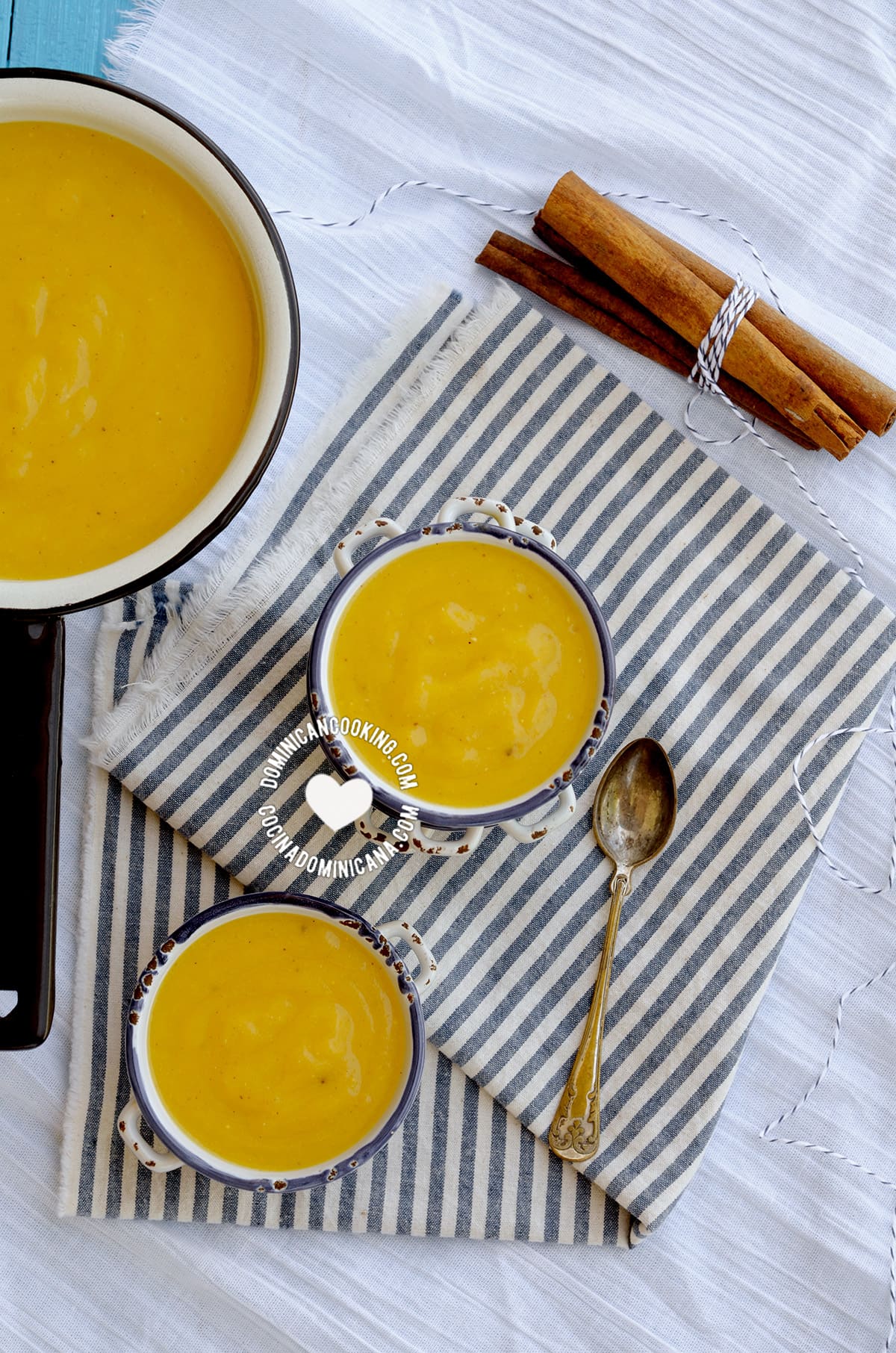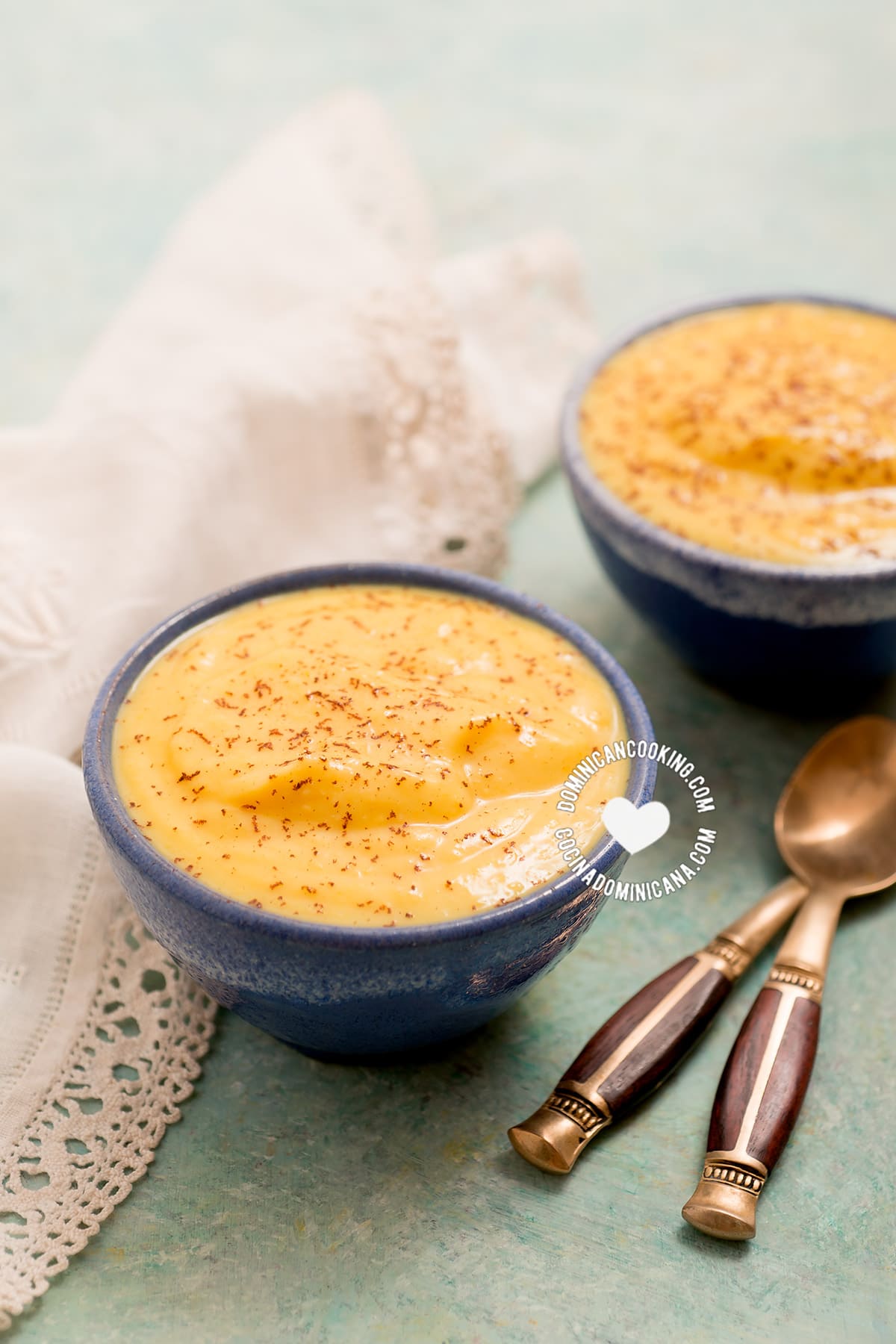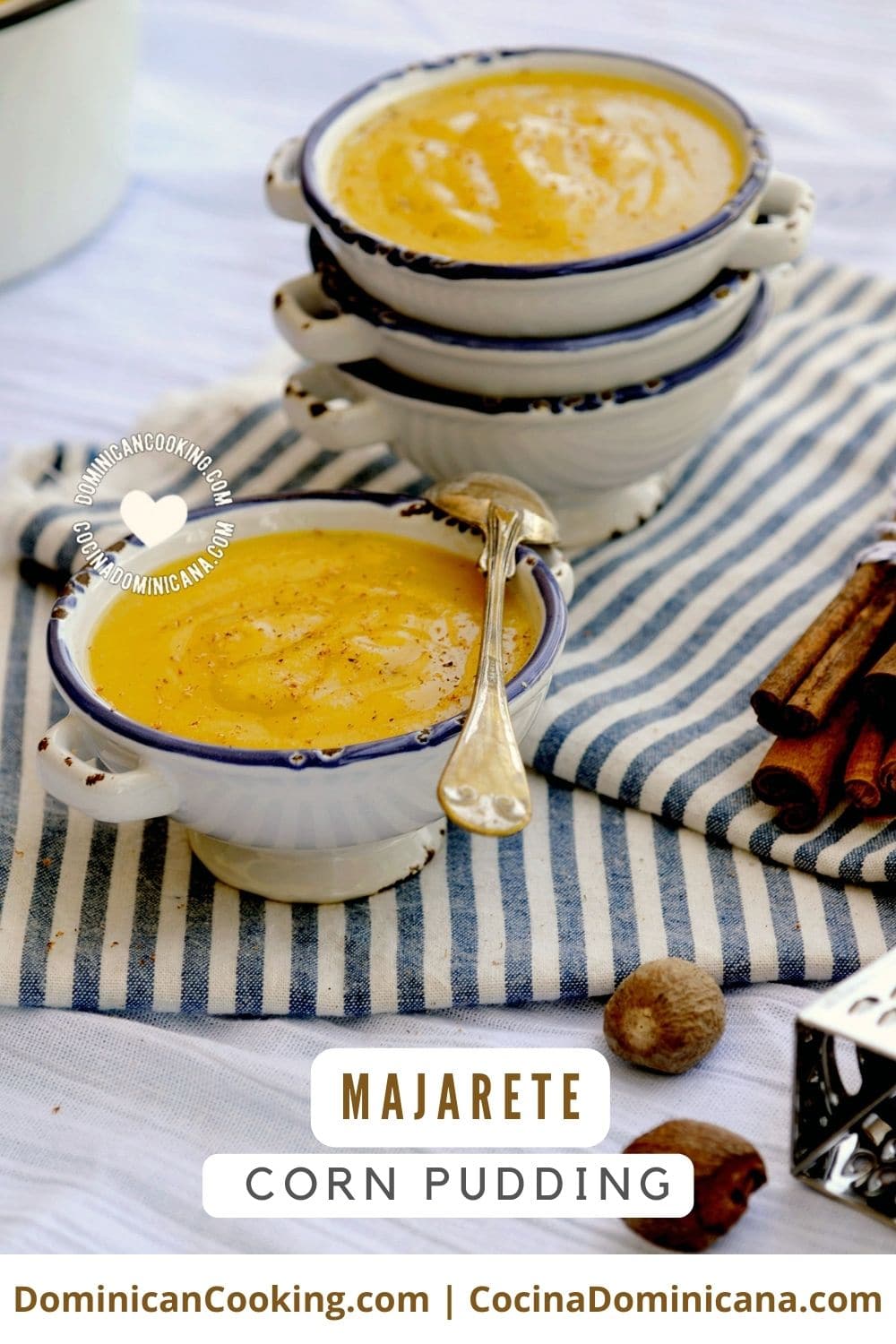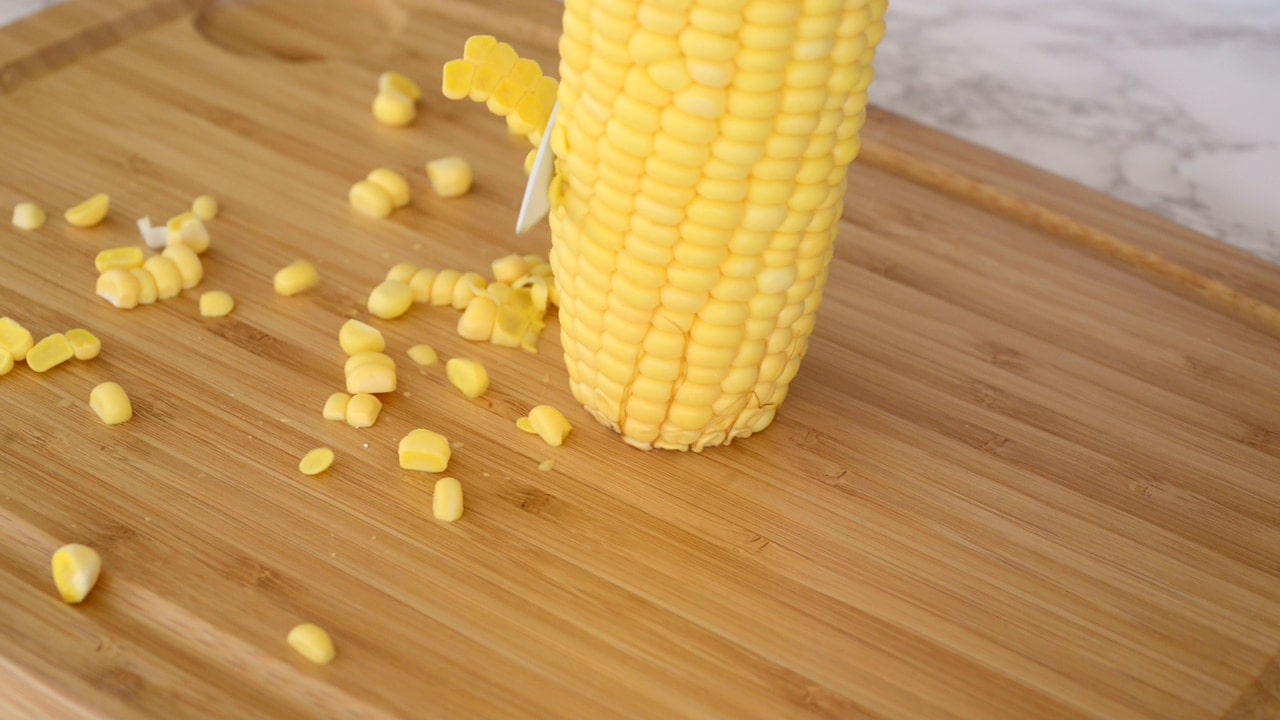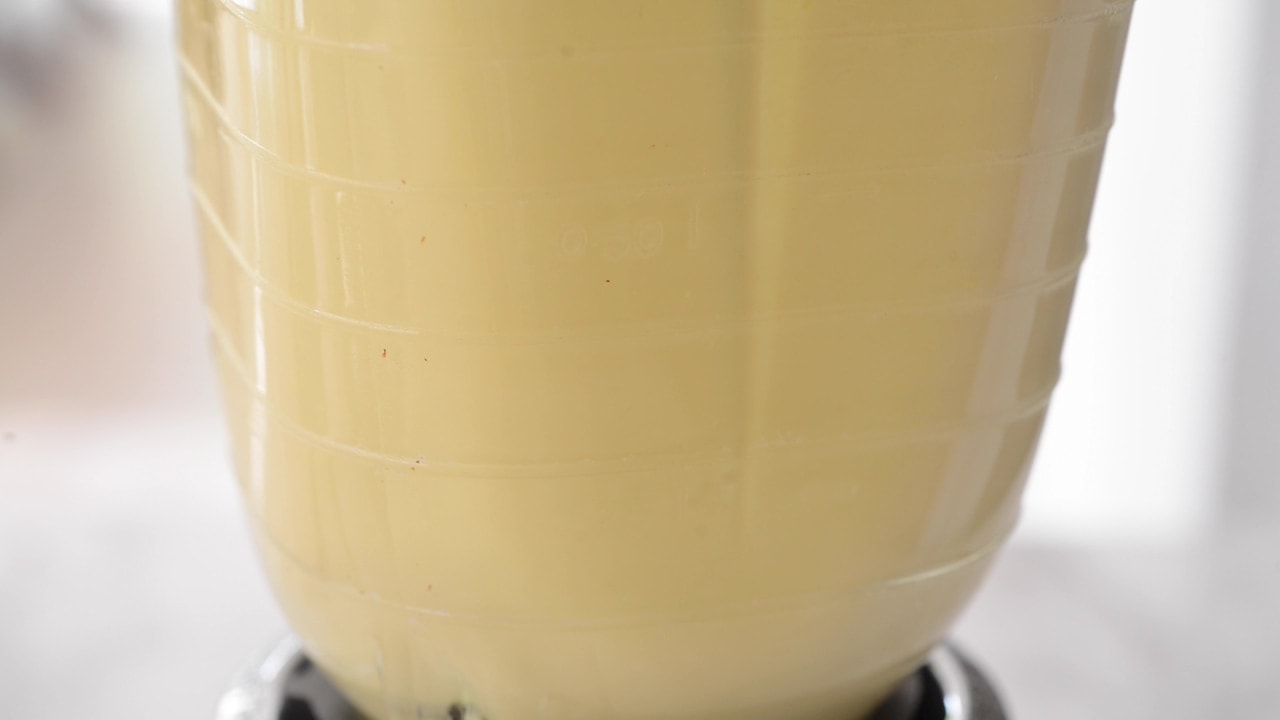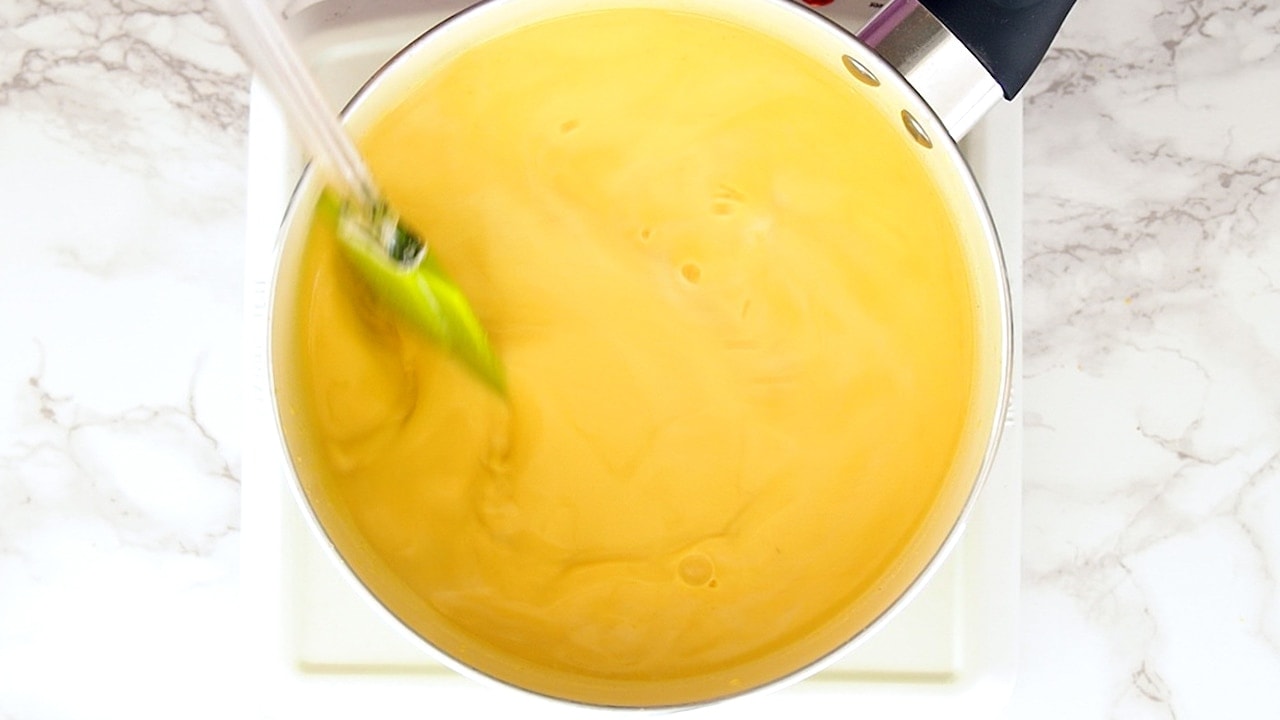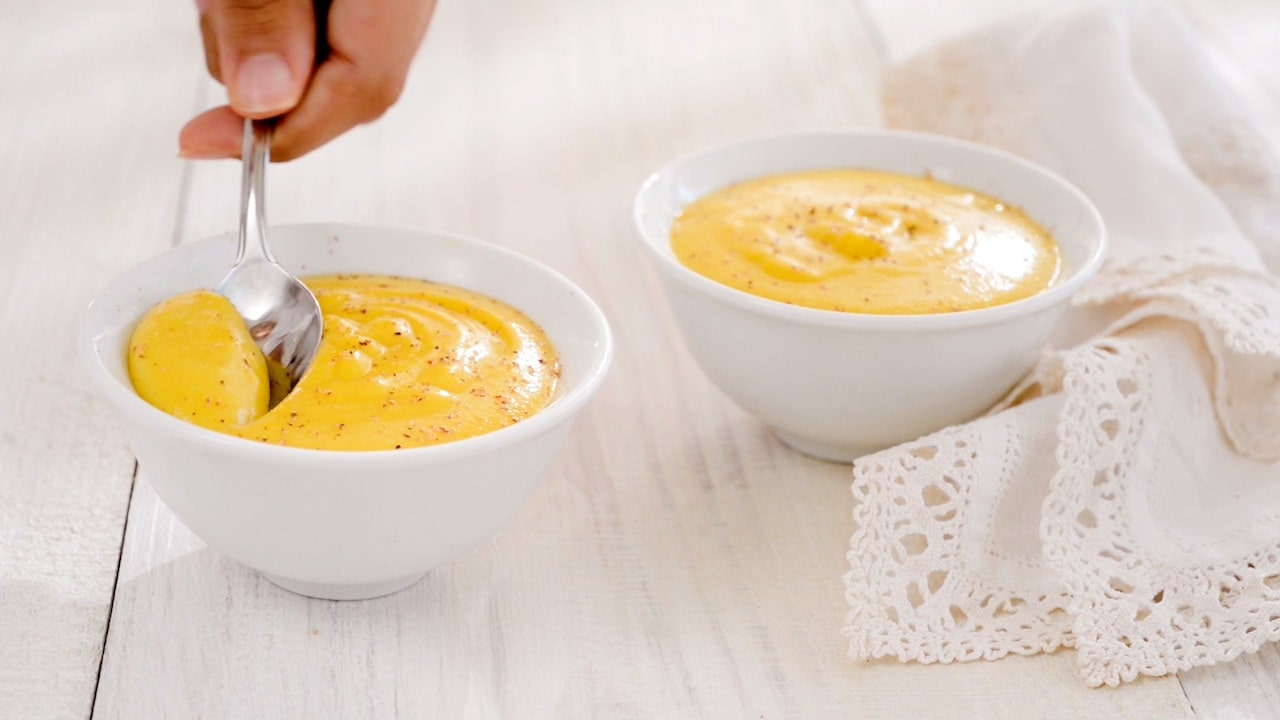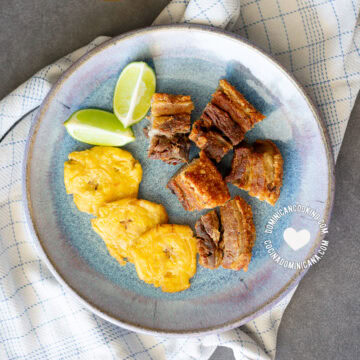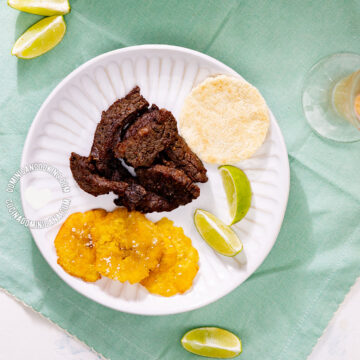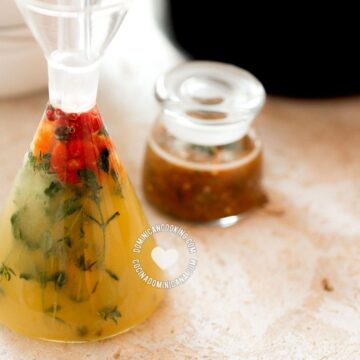Majarete (Dominican corn pudding) is one of our most cherished and delicious desserts. We present you here an easier technique than the traditional one.
By - Last reviewed . Published Jan 3, 2011
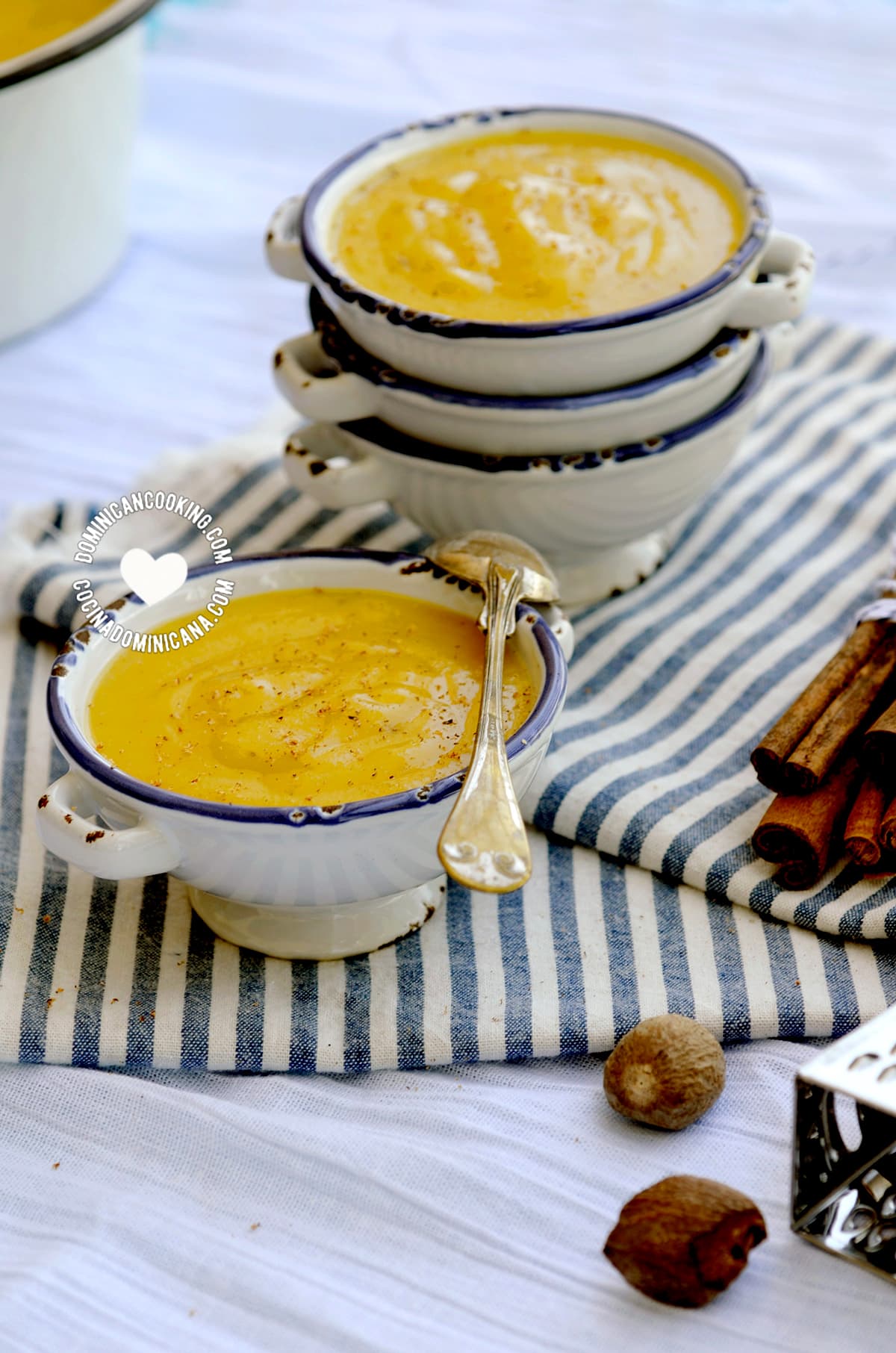
Why we ❤️ it
Majarete is one of Dominicans' favorite desserts. This traditional dessert is creamy, smooth, and delectable. This is why we all love it.
It is also easy and quick to make and will earn you points with your Dominican guests.
What's majarete
Dominican majarete is a traditional corn pudding with milk and spices. Traditionally, majarete is made from freshly-cut immature corn, but this is not easy to find everywhere, so I have adapted this recipe for the sweet, raw corn on the cob commonly found in supermarkets.
Did you know that both Cuba and Puerto Rico also have a dessert called majarete? The only thing that Puerto Rican majarete has in common with Dominican majarete is its name. Ours is closer to Cuba's. Like many other dishes that we have in common, it is entirely plausible that their origin predates the existence of our independent nations.
Curiously, an almost identical dish is known in some countries (Venezuela, for example) as Mazamorra, while in our country the name is used for a very different dish. In spite of its humble ingredients and simple preparation, this dish so loved in the Dominican Republic finds its place on all tables regardless of social class.
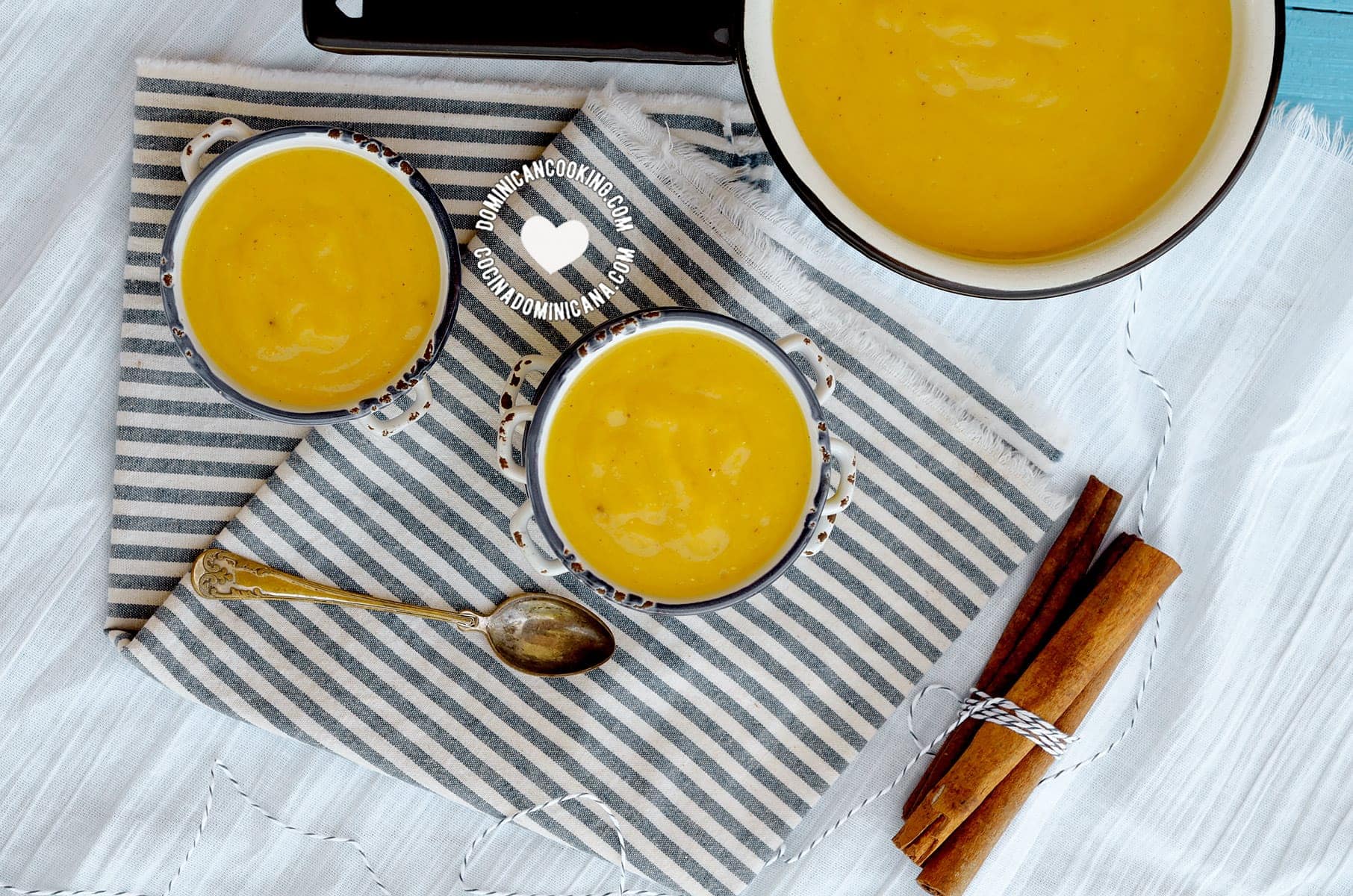
Dominican Majarete
History
Cuba, the Dominican Republic, and Puerto Rico have more in common than all three realize.
A quick refresher for those of us who slept through history class:
Keep reading about the history of majarete...
The islands of Cuba, Quisqueya and Borinquen had something in common well before the Spaniards arrived in the Americas: all three islands were populated by the Taínos (Cuba also had the Ciboney people, who like the Taínos were Arawaks. The Caribs from Borinquen were not Arawaks though). There was constant island hopping, mostly peaceful exchanges, and in the case of the Caribs, violent incursions.
Migration between the islands took place over the centuries. For example, Santo Domingo (before becoming the Dominican Republic) was the main Spanish base in the Caribbean. It was from here that the conquest and colonization of both Borinquen and Cuba were launched.
Political unrest in any of the islands sent waves of immigrants to the others. In 1868, when Cuban nationalists launched a 10-year campaign against Spanish colonialism, some 5,000 Cubans emigrated to the Dominican Republic, which was already an independent country. This was an enormous number of people when you consider the size of the population at the time. These immigrants were for the most part educated and moneyed people, and they had a huge impact on the economy of the fledgling republic. Soon the official policy was to provide "aid and acceptance to all Cuban and Puerto Rican exiles who arrived through Puerto Plata in search of either refuge or support for their independence movement."[1] The Dominican Republic went on to play an important role in Cuban independence.
Likewise, many a Dominican found refuge in Cuba and Puerto Rico when our own country went through periods of political upheaval. Movement between the islands continues even today: tens of thousands of Dominicans and Dominican descendants live in Puerto Rico and thousands of Cubans have made our country their second home. Joaquin Balaguer, one of the main figures in the 20th century Dominican Republic, was himself the son of a Puerto Rican immigrant.
With so much moving around, and with so much of their history in common, it's hard to track when and where some things originated. I once heard somebody call our countries "three sisters holding hands". What makes us alike runs deeper than what makes us different. After all, our existence as modern, independent nations is a fairly recent occurrence.
About this recipe
Our majarete recipe is pretty standard. There may be some variety amongst Dominican homes, but in general, they'd be pretty similar.
Where I've made changes is making it easier by, instead of grating the corn, just using a blender.
This dish is traditionally prepared with young corn, harvested while the grains are full of a whitish liquid, then grating it by hand. To make it easier on everybody, I have used instead the sweet corn on the cob usually found in supermarkets, and a cooking method that will shorten the preparation time.

Video
Recipe
This awesome free recipe contains Amazon affiliate links, we receive a small commission from any purchase you make at no extra cost to you. Thanks for your support!

[Recipe + Video] Dominican Majarete (Corn pudding)
Ingredients
- 4 corn cob, freshly husked
- ½ cup sugar , (white, granulated) (or more, to taste)
- 1½ tablespoon cornstarch
- ½ teaspoon cinnamon powder
- 3 cup whole milk
- ¼ teaspoon salt
- 2 cinnamon sticks
- Nutmeg , (freshly-grated) (optional)
Instructions
1. Prepare corn
- Shuck (remove husk and silk from) the corncobs. Using a sharp knife cut kernels from cob about ⅔ the depth of the kernels.
2. Blending
- Blend the corn kernels together with the sugar, cornstarch, cinnamon powder, milk, salt, and half a cup of water. Pass the mixture through a strain and keep the liquid (discard the solid parts).
3. Making the pudding
- Pour the blended mixture into a 3 quart [3 lt] saucepan. Add the cinnamon sticks. Cook over over medium heat stirring constantly to avoid sticking. When it thickens to the consistency of drinkable yogurt remove from the heat (15 mins approx). Taste and stir in sugar to taste if you find it necessary.
4. Cool the pudding
- Place the pot into another pot containing cold water (as in the video), stir until the pudding cools down (this will prevent a crust from forming).
5. Serve
- Pour into small bowls or ice cream glasses. Sprinkle with a small amount of nutmeg on the bowls. If you prefer, chill before serving.
Nutrition
Nutritional information is calculated automatically based on ingredients listed. Please consult your doctor if you need precise nutrition information.
Want to save this recipe?
Enter your email & I'll send it to your inbox. ❤️ Plus, get great weekly recipes from me!
Video
References
The Dominican Republic: A National History by Frank Moya Pons, page 259.


